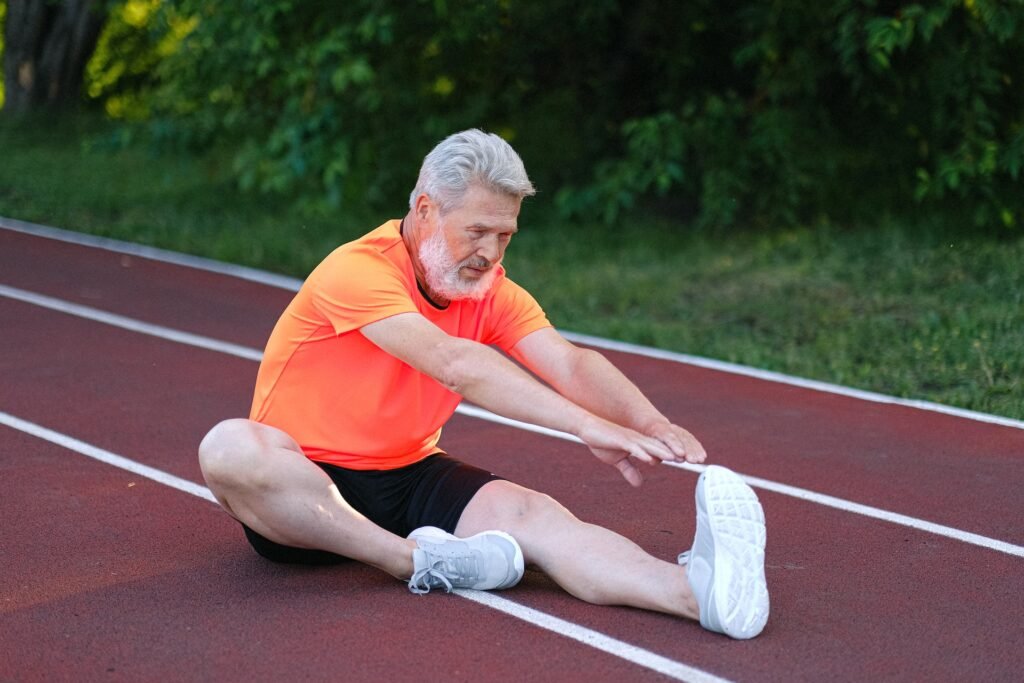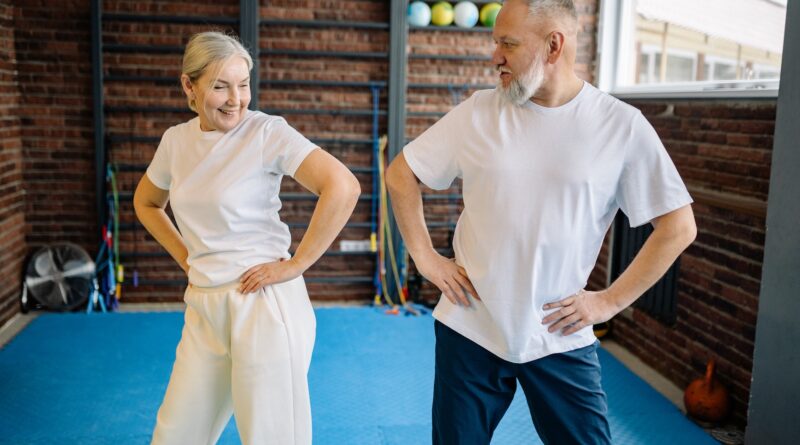How to Improve joint Flexibility and Mobility
Introduction
Enhancing joint flexibility and mobility is vital for maintaining an active and healthy lifestyle. Whether you’re an athlete, a fitness enthusiast, or simply someone who wants to move with ease, optimizing the function of your joints can significantly impact your daily life. This comprehensive guide will explore effective strategies and exercises to help you improve joint flexibility and mobility. By incorporating these practices into your routine, you can unlock your body’s full potential and enjoy a greater range of motion. Let’s dive in!
The Significance of Joint Flexibility and Mobility
Before we delve into the techniques for improving joint flexibility and mobility, let’s understand these terms clearly. Joint flexibility refers to the ability of your joints to move freely through their full range of motion, while joint mobility refers to the overall ease and fluidity of movement in your joints. Both aspects are closely interlinked and play a crucial role in maintaining optimal physical function.
The Benefits
Improving joint flexibility and mobility offers a plethora of advantages for individuals of all ages and fitness levels. Let’s explore some of the key benefits:
Enhanced Performance: Whether you’re an athlete striving to achieve peak performance or someone engaged in everyday activities, improved joint flexibility and mobility can boost your overall physical performance.
Injury Prevention: By maintaining flexible and mobile joints, you reduce the risk of joint-related injuries and enhance your body’s ability to withstand physical stress.
Increased Range of Motion: Improved joint flexibility allows you to move more freely and comfortably, expanding your range of motion and making daily tasks easier.
Alleviation of Joint Pain: Many individuals suffer from joint discomfort or stiffness. Enhancing joint flexibility and mobility can help alleviate these issues and promote joint health.
Postural Alignment: Proper joint mobility and flexibility contribute to better posture, reducing the strain on muscles and joints and preventing musculoskeletal imbalances.
Targeted Strength Training: Build Stability and Support
Strength training exercises that focus on the muscles surrounding your joints can provide immense benefits for your body. By strengthening these muscles, you enhance joint stability, allowing for a greater range of motion. Incorporate exercises such as squats, lunges, push-ups, and shoulder presses into your workouts to promote joint strength and flexibility.
Yoga and Pilates: Unleash the Power of Mind-Body Connection
Yoga and Pilates are fantastic disciplines that combine movement, stretching, and mindful breathing. These practices improve joint flexibility and mobility while promoting relaxation and mental well-being. Explore yoga poses like downward-facing dog, warrior poses, and Pilates exercises like the hundred and the bridge to enhance your joint function.
Foam Rolling: Release Tension and Promote Circulation
Foam rolling is a self-myofascial release technique that uses a foam roller to apply pressure to specific areas of your body. This practice helps release muscle tension, improves circulation, and enhances joint mobility. Roll over your calves, quadriceps, hamstrings, and other muscle groups to alleviate tightness and promote flexibility.

Low-Impact Cardio: Get Your Joints Moving
Engaging in low-impact cardio activities such as swimming, cycling, or using an elliptical machine can significantly improve joint flexibility and mobility. These exercises provide cardiovascular benefits without placing excessive stress on your joints. Aim for at least 30 minutes of low-impact cardio three to five times a week to support joint health.
Stretching and Mobility Exercises: Unlock Your Joints’ Potential
Incorporating specific stretching and mobility exercises into your routine can help unlock your joints’ full potential. Focus on exercises that target each joint, including the neck, shoulders, spine, hips, knees, and ankles. Perform movements like neck circles, shoulder rolls, spinal twists, hip flexor stretches, and ankle rotations to enhance joint flexibility and mobility.
Incorporate Resistance Bands: Add Challenge and Progression
Resistance bands are versatile tools that can aid in improving joint flexibility and mobility. Attach a resistance band to a stable structure and perform various exercises, such as lateral band walks, resisted squats, and banded shoulder rotations. These exercises challenge your joints and muscles, helping to improve overall mobility.
Balance and Stability Training: Enhance Joint Control
Balance and stability training are essential for improving joint function. Incorporate exercises that challenge your balance, such as single-leg stands, heel-to-toe walks, and yoga tree poses. These activities improve proprioception, and the body’s awareness of its position, and enhance joint stability and control.
Massage Therapy: Relax, Release, and Rejuvenate
Massage therapy offers numerous benefits for joint flexibility and mobility. It helps relax muscles, reduces muscle tension, and improves circulation, all of which contribute to better joint function. Consider seeking professional massage therapy or utilizing self-massage techniques, such as using a foam roller or a massage ball, to relieve muscle tightness and enhance joint mobility.
Proper Nutrition and Hydration: Nourish Your Joints
Maintaining a balanced and nutritious diet is vital for joint health. Ensure you consume foods rich in essential nutrients, including omega-3 fatty acids, vitamins C and D, and minerals such as calcium and magnesium. Staying hydrated is equally important, as water aids in lubricating your joints and maintaining their flexibility.
Conclusion
Improving joint flexibility and mobility is within your reach. By following the strategies outlined in this guide, you can enhance your joint function and experience the numerous benefits in your daily life. Remember, consistency is key. Incorporate these practices into your routine and make them a part of your lifestyle. Unlock the full potential of your joints and enjoy the freedom of movement they provide.
This content is published for informational purposes only and cannot replace the work of a professional. We recommend that you consult with your trusted specialized professional.



